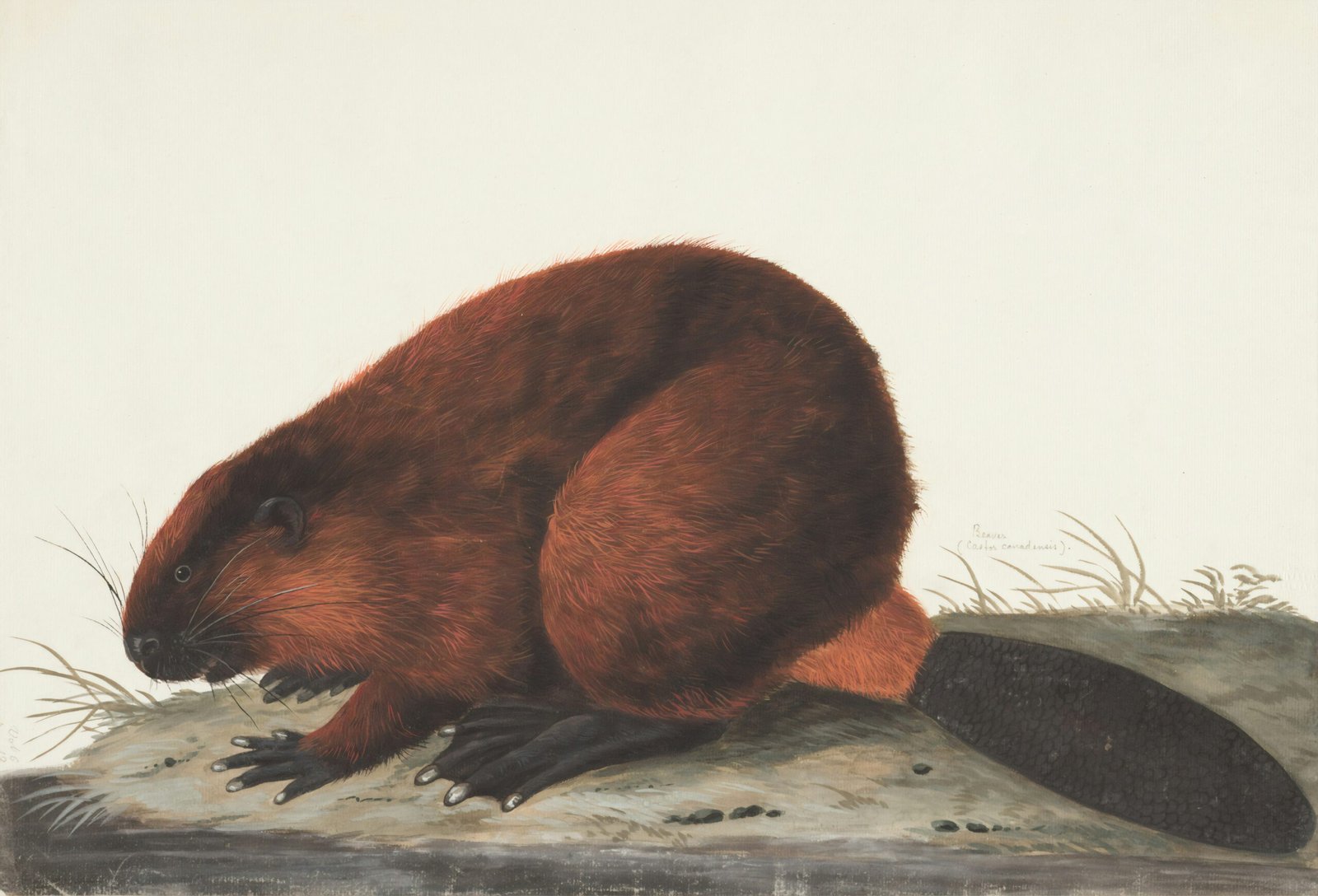
Introduction to Beaver Management
Beavers are fascinating creatures known for their ability to modify their environment. This tutorial will guide you step-by-step through the essential aspects of managing beaver populations effectively. Understanding their behavior and habitats is crucial in any ecosystem management plan.
Step 1: Understanding Beaver Behavior and Habitat
Before delving into management strategies, it is essential to comprehend the general behaviors of beavers. These semi-aquatic mammals typically inhabit rivers, streams, and wetlands. They are known for their building prowess, creating dams that alter water flow and create ponds. Learning about their habitat preferences will help you tailor your management plans effectively.
Step 2: Assessing Beaver Populations
Conducting an assessment of local beaver populations is a critical step. This involves monitoring activity signs such as dam building and tree felling. Utilize tools like trail cameras to gather data and identify the extent of the population. Accurate assessments will provide a solid foundation for informed decision-making and management interventions.
Step 3: Implementing Management Strategies
Once you have a solid understanding of the beaver population and their habits, you can begin implementing management strategies. Options include habitat modification, installation of flow devices to manage water levels, and public education on beaver conservation. Each strategy should align with ecological goals and community needs.
Conclusion
Successfully managing beaver populations requires a comprehensive approach that considers their ecological role. By understanding their behavior and utilizing strategic management techniques, we can foster a harmonious coexistence with these remarkable animals.